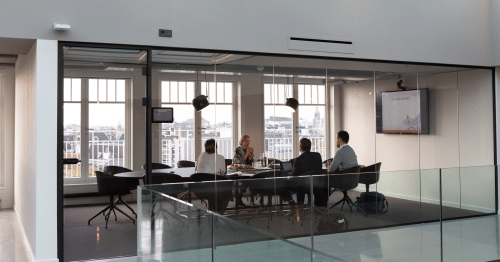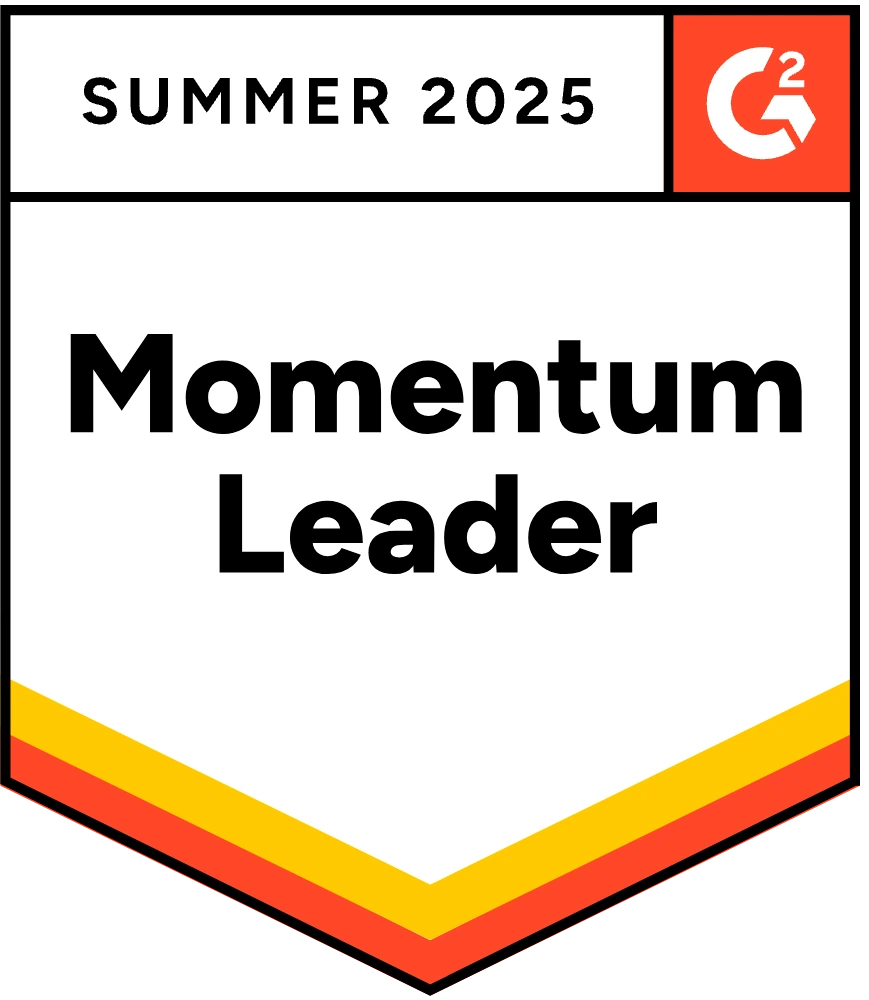In its simplest form, a meeting room reservation system allows building users to select a given space and block it off for individual or group use for a certain amount of time. There are any number of ways this basic formula can be modified, often without the need to integrate sensors. Some sought-after features in reservation systems include:
- Limiting access to certain rooms
- Booking of services or equipment along with the room
- Automatic time allocation for setup and cleaning
- Chargebacks
- Blackout dates
- Booking confirmation and check-in processes
- Multiple booking touchpoints
A sophisticated IWMS is able to handle all of these needs (and more). What makes a traditional IWMS reservation system distinct from a Smart Reservation system is the way that the latter is able to capture and respond to data about actual utilization. In this way, a Smart Reservation system is about much more than simply spaces and times.
Enhancing Meeting Room Reservations with Usage Data in Real-Time
To begin with, a Smart Reservation system functions by using sensors installed in reservable spaces like conference rooms or workstations to monitor whether (and, depending on sensor type, by how many people) a room is being used – independently of the reservation itself. This knowledge can greatly enhance the efficiency of space usage across the building.
For example, simply knowing whether or not a reserved room is in use can be used to control “ghost meetings.” These meetings frequently occur when someone sets us a recurring meeting for an extended block of time “just in case.” While having the space available can be highly convenient, it also prevents others from using the room. However, by employing real-time sensor data, rooms can be automatically freed up for use by others if a reserved space remains unoccupied for a certain amount of time after the start of the meeting, say 10 minutes. Surprisingly, our clients’ experience shows an additional benefit from this system: implementing real-time monitoring of rooms actually leads to behavioral change. After rolling out sensors, the number of ghost bookings fell dramatically, making collaboration spaces more readily available to the entire team.
Conversely, sensors can also help if a space is not reserved but is in use. Smart meeting room reservation systems can log and display spaces that are occupied without a reservation. This tells building managers that the reservation system is not being used as intended and lets other users know to choose different available rooms for ad hoc bookings.
Enhancing Room Reservations with Usage Data for Long-Term Planning
Beyond its real-time benefit in managing available spaces, usage data that is tied to a reservations system also provides invaluable information for long-term planning. While it is usually possible to add a field specifying the number of expected users to a room reservation, actual usage data provides far greater accuracy.
Why would this data be important? Research suggests that rooms tend to be misused. Large conference rooms tend to be utilized by far fewer people than room capacity allows while small rooms are frequently over capacity. If a building manager sees that conference rooms are consistently occupied below capacity, they are able to add partitions or even alter the floor plan to provide for a larger number of in-demand spaces. Knowledge of just how many people tend to crowd into smaller rooms can likewise provide insights into just what type of room size would be optimal.
Research on office design suggests that having the right kind of room available when workers need it is central to making agile designs work efficiently, meaning less time wasted looking for rooms and generally more satisfied building users.
Enhancing the User Experience with Sensor Data
That final point is crucial to recognizing another key feature of Smart Reservations: while they offer ample benefits to building managers, the advantages are also substantial for employees and visitors. In the current health environment, building users can appreciate the added value of automatic cleaning triggers and the ability to check in advance whether or not they will run into someone else in a room they expected to be empty. A new feature of many smart meeting room reservation systems offers insights into crowdedness across floors or spaces, which has benefits not just for health but for anticipating noise levels.
The Personal Assistants that enable Smart Reservations can also offer numerous other features that make life easier for building users, from displaying real-time public transit data to information about temperature and air quality. Over time, such apps may be able to learn users’ preferences about what types of rooms they prefer, what types of services they might want to book, or when they like to schedule meetings and make suggestions accordingly. With advances in machine learning and AI, these systems will eventually be able to coordinate over multiple users to converge around common preferences and provide a better user experience overall.
This post on smart meeting room reservations is Part 3 of an ongoing blog series on IWMS+. Earlier posts introduced the concept of IWMS+ and discussed smart cleaning. If you’d like to receive notifications about future additions to this series and other Spacewell knowledge content, please sign up here.










